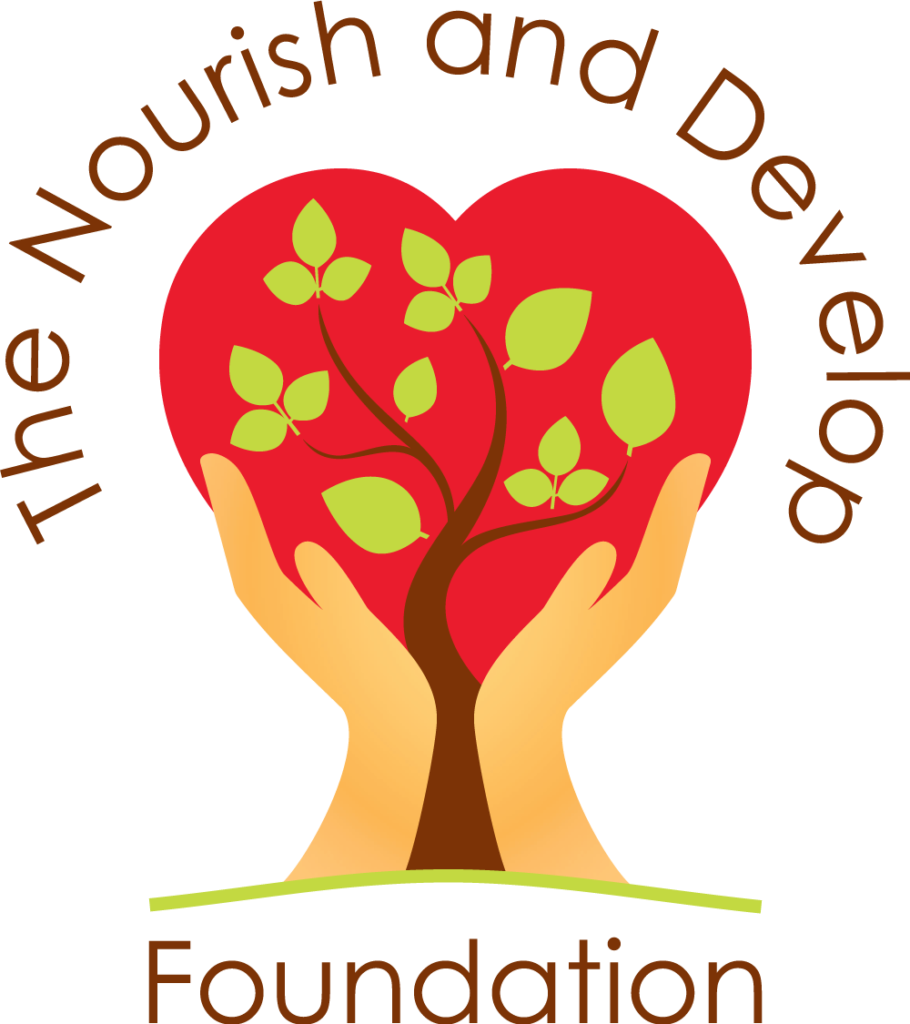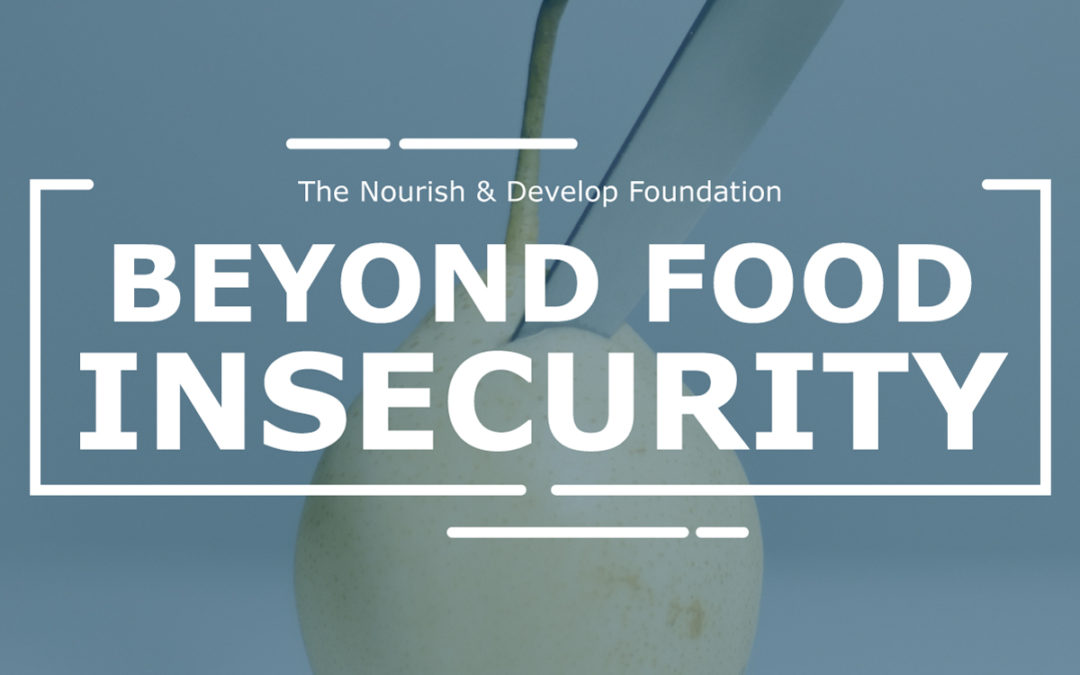At The Nourish and Develop Foundation, we create and deliver programs and services that relate to enhancing food security.
For instance, our upcoming Mobile Food Market aims to fill a gap in our rural food desert by bringing good food to areas in the Brock Township at affordable prices, our community kitchen hosts cooking classes, and our community garden has plots available by membership to grow food. Being food insecure is more than experiencing a lack of food. It negatively impacts our physical health and mental health in many ways from chronic illness to suicidal ideation. This week, we want to raise awareness about the crisis of food insecurity and to highlight how it can cause mental health challenges that may be otherwise preventable.
Every day, 1 in 8 Canadians struggles to put good food on the table for themselves and their families.
What is food security?
Food Security is the state of having reliable access to a sufficient quantity and quality of safe, affordable, nutritious food. To be food secure, one must:
- Be able to get to food
- Have enough food
- Get to choose the kinds of foods to eat
And the available food must be:
- Affordable
- Culturally appropriate
- Nutritious
- Of a quality that does not compromise dignity
1 in 6 children in Ontario lives in household that is food insecure.
To be food secure is a basic human need and should be treated as a human right. Unfortunately, many people find themselves sacrificing meals to put their expenses towards shelter and other costs of living. It is also important to note that food insecurity is disproportionate across ethnic groups in Canada.
Common barriers to food access
63% of food insecure households in Ontario receive income from employment.
Transportation: not having reliable access to transportation limits where and how often one shops.
Mobility: some food businesses do not accommodate accessible devices like wheelchairs or one has to depend on social networks to obtain food.
Income: living on a fixed income or having several expenses can leave little to no money left over in one’s budget to be put towards food.
Convenience: time and resources may only allow for a visit to the closest store which may lack variety or have high prices and one may spend more on prepared foods or compromise the nutritional component for a lower cost and immediacy (fast food).
Food preference: many areas lack culturally appropriate resources with a saturation of genetically modified and over processed foods and a low selection of fruits and vegetables.
Quarantine: having to self-isolate puts one in a position to rely on someone else to safely secure food for them and having to spend 14 days’ worth of food at once may not be possible financially.
Food literacy (how to properly choose, store, and prepare nutritious food): certain foods may be passed on or exceed their expiry prior to use due to uncertainty of how to use them.
However, there are many more barriers like hours of operation, lack of delivery service, improper storage devices (freezers and refrigerators), competing priorities, and cost.
effects on mental health
Adults living in food insecure households account for more than 1 in 3 hospitalizations due to mental health problems.
Some of the many impacts of food insecurity include:
- Hyperactivity in children
- Inattention in children
- Increased levels of stress
- Higher risk of anxiety
- Higher risk of depression
- Higher risk of mood disorders
- Higher risk of suicidal ideation
Facing food insecurity limits the consumption of nutrients, vitamins, and minerals that are essential to helping our bodies and minds function at their full potential. Evidence shows that there is a link between a poor diet and worsening of mood disorders, including anxiety and depression. Certain foods like fruits and vegetables give us more energy and allow us to think more clearly while others such as processed foods can lead to inflammation which shuts down energy production in the neurons, making us more susceptible to mental illness. In addition to not meeting dietary needs, the experience of food insecurity can generate feelings of worry, shame, or guilt, which can be harmful with long-term exposure.
food bank stigma
Food bank use is one of the least common strategies employed by severely food-insecure households when they were short of money.
The sad reality is, there are people who would rather eat pet food than make a visit to a food bank. Whether this be because people are uncomfortable accepting free food, thinking there are people who need it more than they do, or feeling embarrassed to identify as needing the service, there is still so much stigma surrounding food bank use.
Food bank staff and volunteers are not there to judge guests and genuinely want to help others feel welcomed and do what they can to help someone improve their situation. Most of us are one paycheck or one small life change away from not being able to put food on the table, so we encourage people to utilize the resources that are available.
While food banks are not a solution to food insecurity, they continue to exist to provide emergency food supplies while advocacy work is being done in the background. Many organizations conduct research and engage political leaders to develop policies that will help prevent and address food insecurity. Food banks may also take a holistic approach to working with individuals experiencing food insecurity by offering supports including affordable housing, mental health services, and employment opportunities.
Resources:
Income-Related Policy Recommendations to Address Food Insecurity
Income Security: A Roadmap for Change
The Nourish and Develop Foundation
(705) 432-2444
Reasons to Come Get Nourished Postcard
Sources:
https://beyondhunger.ca/page/66634/action/1
https://neurosciencenews.com/diet-mental-health-15384/
https://bmcpublichealth.biomedcentral.com/articles/10.1186/s12889-021-10631-0
TNDF Mobile Food Market presentation by Zoe Levitt



